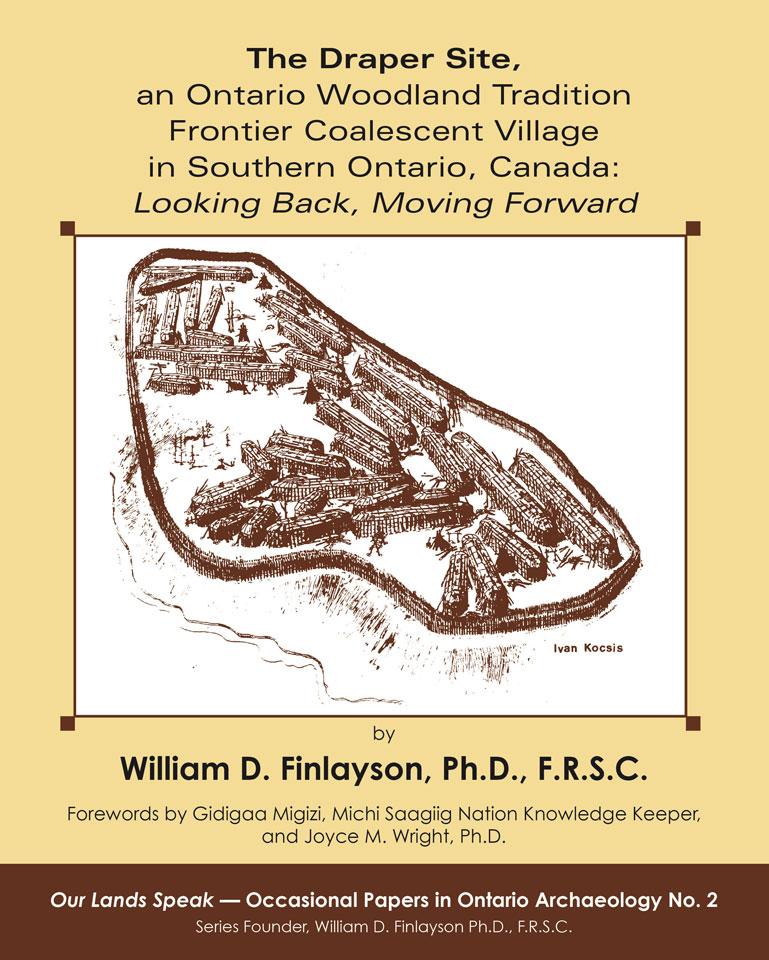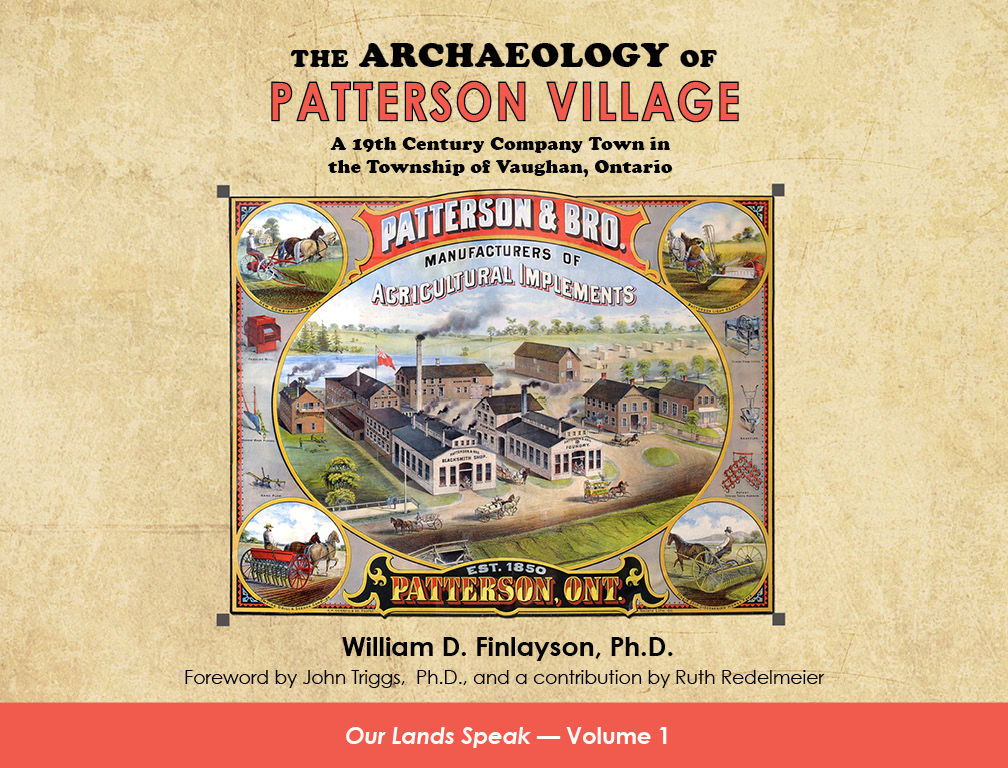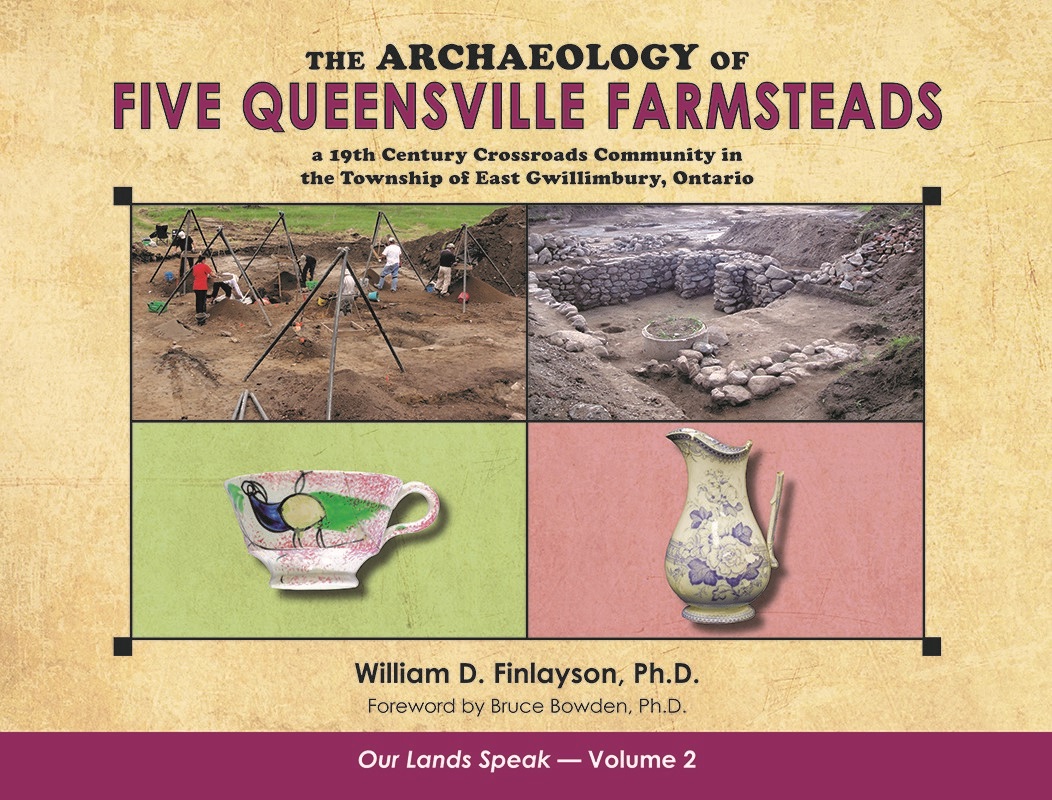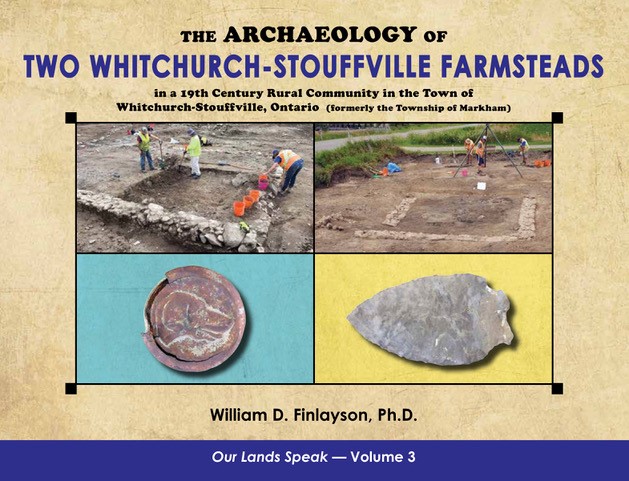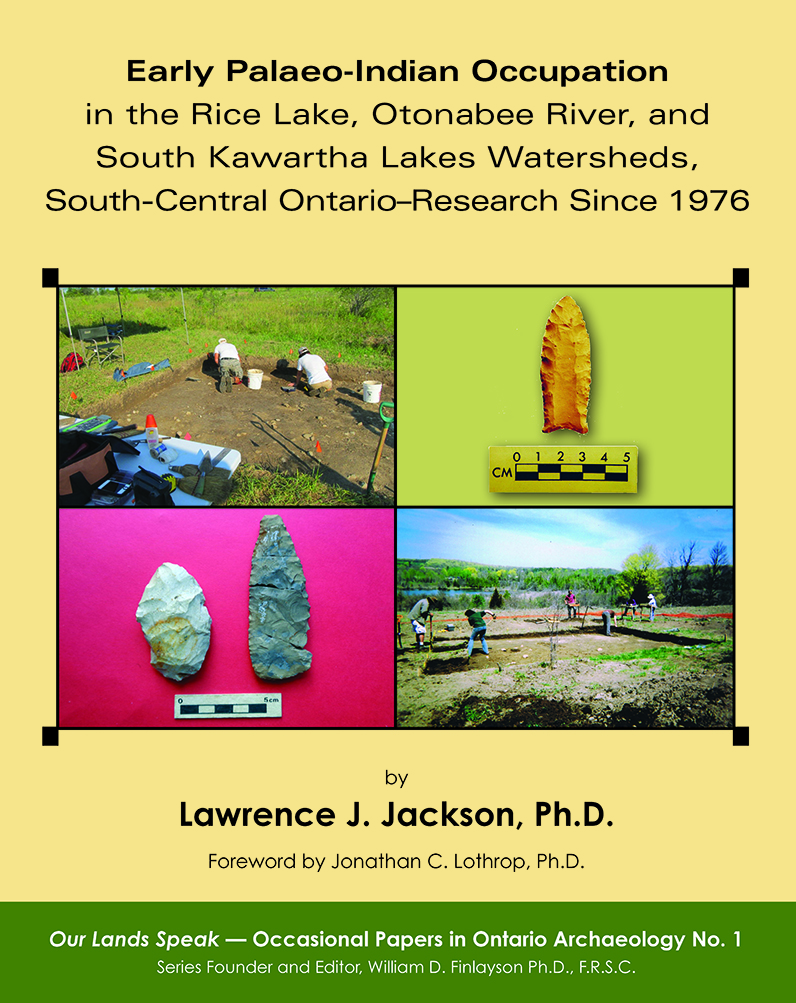Newest Release – Landmark Study
The Draper Site, An Ontario Woodland Tradition Frontier Coalescent Village in Southern Ontario, Canada: Looking Back, Moving Forward
Our Lands Speak – Occasional Papers in Archaeology No. 2
The Draper site, excavated in 1975 and 1978, remains the largest and most significant Iroquoian site subject to salvage excavation in southern Ontario. In this innovative study, Dr. William D. Finlayson reviews more than 40 publications, theses, articles, and unpublished reports as a prelude to the reconsideration of some of the key aspects of the site. This includes presentation of a new sequence of expansions of the village, new perspectives on the use of defensive strategies in the planning of the village, and the presence of menstrual houses. Draper is used to define a specialized type of coalescent village, the Frontier Coalescent Village. This study provides new insights into the coalescence of at least five smaller villages, some from Duffin Creek and some from further afield at Draper, and the special mechanisms which made this possible and sustainable.
Volume 1
The Archaeology of Patterson Village
The first volume in the Our Lands Speak series
Author William (Bill) Finlayson takes this simplistic definition, yet extraordinarily complicated field of study, and gives us a fascinating look into a piece of local Ontario history. Through the meticulously documented and analyzed “objects dug up from the ground,” we learn how the people of Patterson Village worked and socialized. Dr. Finlayson’s wonderfully descriptive prose, illustrations, and pictures, transport us back in time to the mid-1800s where we have a front-row seat to the lives of the people of Patterson Village.
Volume 2
The Archaeology of Five Queensville Farmsteads
The second volume in the Our Lands Speak series
William (Bill) Finlayson once again brings the past to life. This time, it is through the lives of the generations of people who settled in Queensville, Ontario. The Archaeology of Five Queensville Farmsteads – a 19th Century Crossroads Community in the Township of East Gwillimbury, Ontario affords us a glimpse into what life was like for the master builders of the Sharon Temple, a unique architectural structure in Canada. We learn how they, their families, and many others who built the community and made it their home, lived.
Volume 3
The Archaeology of Two Whitchurch-Stouffville Farmsteads
The third volume in the Our Lands Speak series
In volume 3, The Archaeology of Two Whitchurch-Stouffville Farmsteads, he shares that in the second half of the 19th century, John Yake Sr., a prominent Stouffville businessman, purchased two parts of Lot 32, Concession 10, in what is now the Town of Whitchurch-Stouffville. John Yake Sr. rented the small house at the western end of the lot, which eventually became the Yake site. John Yake Jr. lived on the western part of the lot, initially in the large house which became the Windmill site, and ultimately in a new brick house which was still occupied at the time of our excavations.
Early Palaeo-Indian Occupation in the Rice Lake, Otonabee River, and South Kawartha Lakes Watersheds, South-Central Ontario-Research Since 1976
Our Lands Speak – Occasional Papers in Archaeology No. 1
Our Lands Speak Occasional Papers in Ontario Archaeology is a superior quality publication series issued on subjects in and affecting Ontario archaeology. The goal of the series is to create additional space to disseminate information about Ontario’s rich archaeological history, including both historic and prehistoric archaeological investigations, as well as important First Nations perspectives. Another objective of this series is to make use of current advances in publication technologies. The print versions of the Occasional Papers include high quality colour illustrations, which few North American journals or monograph series currently offer.
– Sheri Andrunyk, Publisher, I C Publishing, Ontario, Canada
–James W. Bradley, Ph.D., Director Emeritus,
Robert S. Peabody Museum of Archaeology in Andover, MA
– Gidigaa Migizi, Knowledge Keeper Michi Saagiig Nation
– Joyce M. Wright, Ph.D.
